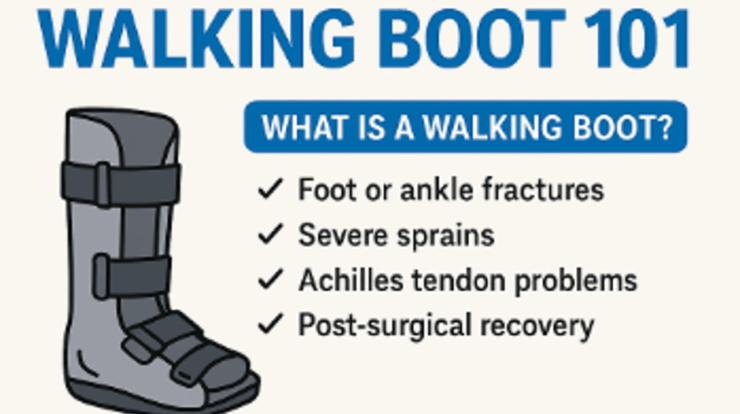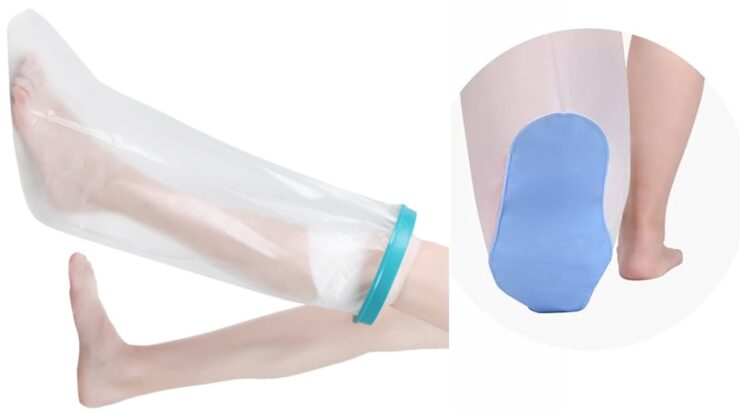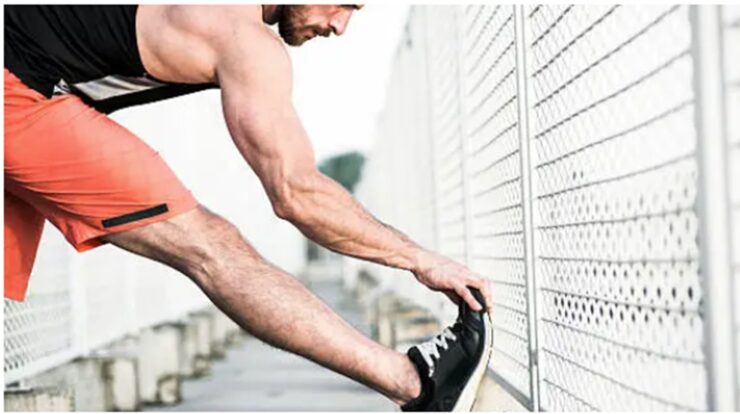
You have been waiting for weeks for the cast to be removed. Now you want to know what to expect after cast removal. I will share all pertinent information with you. Even though the cast is removed, you cannot immediately go back to doing all the activities that you used to do, there is a period of transitioning out of cast to a walking boot.
It will take some time before you get back your muscle strength and build proper bone density. You must take care of your leg while you gain full strength. It is a wise idea to take a little extra care when doing physical activities. In this article, I shared with you what to expect after cast removal and some simple thing that you can do to get your foot back to normal again.
Simple Things That You Need To Know About After Cast Removal
A precursor to the cast removal, your doctor will normally examine your leg. Why you may ask? The doctor wants to know that the bones are healing well and that you are not experiencing any pain. If all is well, the doctor will remove the cast using their famous saw.
You do not have to be scared, the saw blade is dull and will not cut flesh. It is not a rotating saw with a spinning blade but instead one with a dull blade that osculates from side to side. The vibrations break the cast apart but do not hurt the skin. You won’t laugh but you may feel ticklish.
What Happens When Your Limb Is Out Of The Cast?
Not that your leg emerged from the cast, the doctor will closely examine it, checking the range of motion in your leg and the level of pain that you are experiencing. It the level of pain or range of motion is not at the level that the doctor expects, you will receive a splint or a walking boot to wear until your bones heal sufficiently.
What Will Your Leg Look Like After Cast Removal?
Even though only 6 to 8 weeks have passed your leg will look totally different. You do not have to worry though, it may look a bit weird (scaly, dry, flaky, or pale skin with thick hair, and loss of muscle mass), but it is quite normal.
Your leg might also smell a bit because it has been locked away in a cast for 6 to 8 weeks. Muscles will degenerate with none use, therefore they will appear smaller and weaker than the other leg. While your leg gains back its strength, it is important that you take things easy.
Do not try to remove the dead scaly skin all at once as you risk damaging your skin and developing a skin infection. If you want to know exactly what to do about your skin after cast removal, please read the article on the topic. In order to moisturize your scaly dry skin, check our article on the best lotion for skin after cast removal.
How To Care For Your Leg At Home After Cast Removal?
After the cast is removed your skin is normally quite sensitive, scaly, flaky, dry and pale with very thick hair. Do not be tempted to get rid of the scaly flaky skin all at once. It will be painful and you may damage your skin causing it to bleed.
You can read my page on how to treat skin after cast removal. If you want a quick guide here,
- You can gently wash the skin with mild soap using warm water and a soft cloth or gauze pads. Remember to soak your skin in warm water for 20 minutes twice a day for the first few days after the cast is removed.
- After soaking, gently rub your skin dry with a soft towel. Rubbing the skin vigorously can cause skin damage.
- After you clean the leg, where the cast was, put on some lotion. You can read the article on best lotion to use after cast removal. The lotion will keep your skin soft, stop the itching, and help to speed up the healing of the bone. Always choose a lotion that is fragrance free. Perfumes in lotions can irritate the skin and you want to protect your sensitive delicate skin.
- If you have a cut on your skin do not pick or scratch the scabs because you may damage your skin by doing so. Damaged skin can lead to developing a skin infection.
- If your limb feels stiff or sore, or is swollen? Do some easy movements and work your way up to full range of movement.
- Wait for at least 3 days your cast is removed before shaving the thick hair on your leg because your skin is sensitive and may damage. The few days given will allow the skin to recover.
What Should I Do Over The Next Couple Weeks?
You sorted out your flaky scaly skin with the lotion and gentle baths. Now it is time to work on your reversing the muscle atrophy with gentle exercises. Before you do any form of exercise consult your doctor. Ask your doctor, what sort of exercise you can do at this early stage and how often you should do it.
Let’s get to the exercise bit now, right after the cast is removed, your legs may be a bit stiff therefore you may want to do some gentle movement exercises. Do not overdo it, you should do the gentle movement and then have periods of rest because your muscle is not as strong as it used to be.
Do you notice that I did not tell you exactly what sort of movement exercises you should do? Yes, it is on purpose as your doctor will tell you what to do and when to do after the follow up x-ray when it is known that the bone is fully healed. When the bones are fully healed you will be able to do more vigorous exercises.
Nonetheless, if there is any problem in moving your limbs comfortably you could be prescribed a splint within the first week of the after cast removal. Sometimes you may also be assigned a physiotherapist to help you regain full range of motion in your leg.
Your physiotherapist will check to ensure that your leg is strong enough for you to move freely, you are not experiencing too much pain and they your legs are not swollen. If you have a scar that will look at the scar (if any).
Hot and cold packs can be used to help keep any swelling down and improve circulation. You will do one or two simple exercises to start with and gradually build up from there.
When Should You Contact Your Doctor?
If you had a cut on your leg, as a result of the injury, and the skin doesn’t seem to be healing properly, the swelling won’t recede, or you have any pain then it is time to give the doctors a call. If you reinjure your leg, you may want to call the doctor again.
Conclusion
Hope you find the information about what to expect after cast removal. The information provided is not medical advice. For medical advice speak to your doctor. Some of the links on the page are linked to affiliate links. Affiliate links do not cost you any extra money but the site may make some money.







Is it normal to have pain after cast removal?
Typically, after a cast is removed most people will experience a bit of discomfort. The main reason is that the joints were immobilized for a long time. Your skin will also be tender to the touch because it has not seen the light of day for a number of weeks. As a matter of fact, the injured leg will appear smaller than the other leg. If you had a broken leg, you may also have some mental discomfort because you may wonder they your bone felt lumpy. The is normal. During the bone healing process a thick layer of new bone called “callus” around the fracture to hold it in place. Over time the bone continues to heal, removing the rough edges, remaking the hard outer covering and the marrow inside, and removing the extra layers of callus. During this “remodelling”, the body can straighten the fractured bone by laying new bone on the inside edge and taking away bone on the outside of the angled area. The bone will appear completely normal within one to two years of healing.
Typically, after a cast is removed most people will experience a bit of discomfort. The main reason is that the joints were immobilized for a long time. Your skin will also be tender to the touch because it has not seen the light of day for a number of weeks.
As a matter of fact, the injured leg will appear smaller than the other leg. If you had a broken leg, you may also have some mental discomfort because you may wonder they your bone felt lumpy. The is normal. During the bone healing process a thick layer of new bone called “callus” around the fracture to hold it in place.
Over time the bone continues to heal, removing the rough edges, remaking the hard outer covering and the marrow inside, and removing the extra layers of callus. During this “remodelling”, the body can straighten the fractured bone by laying new bone on the inside edge and taking away bone on the outside of the angled area. The bone will appear completely normal within one to two years of healing.
Is it normal to have pain after cast removal?